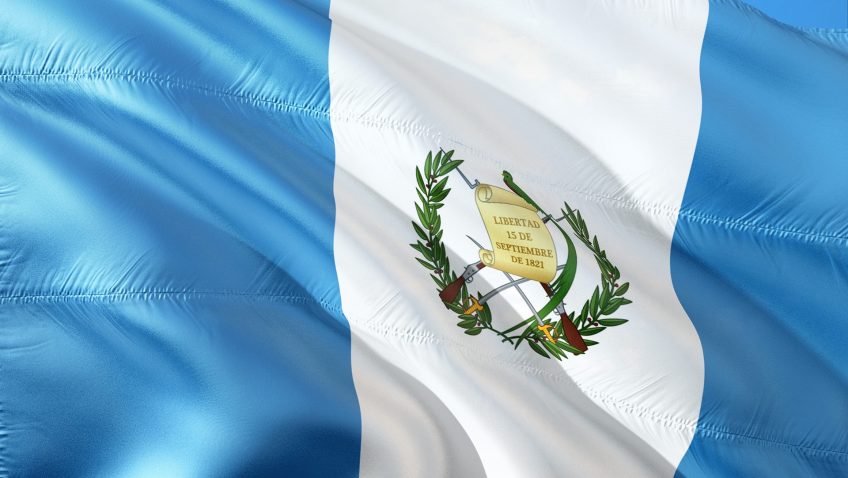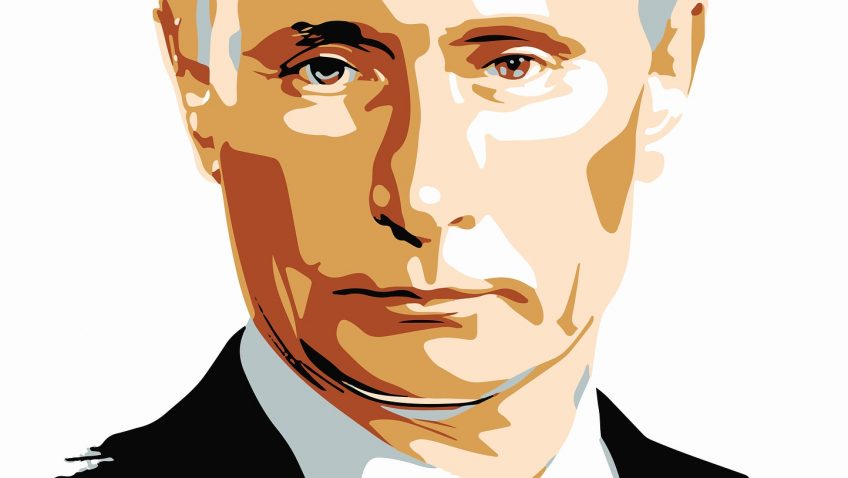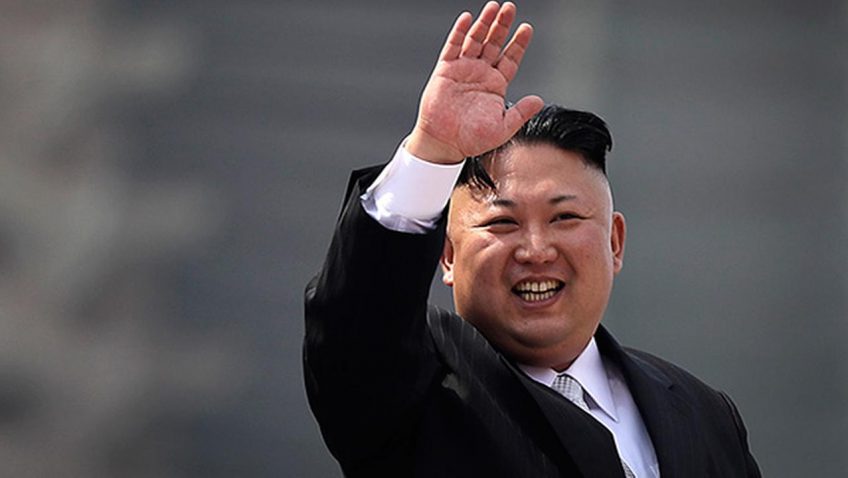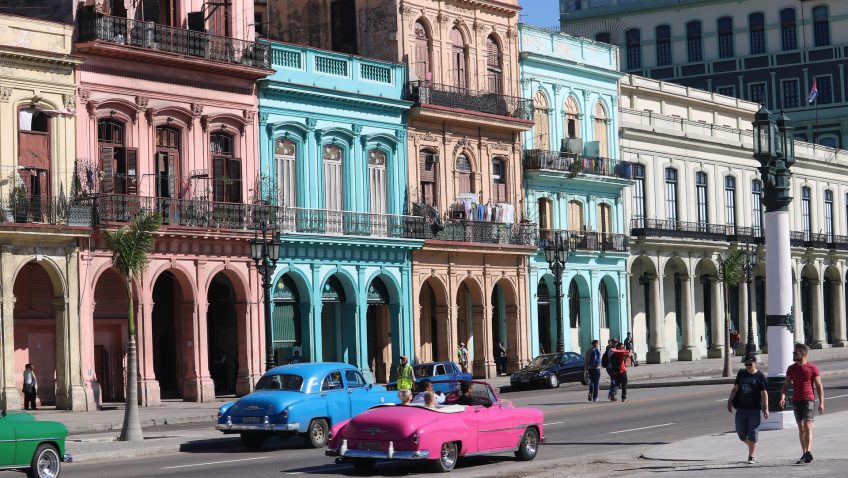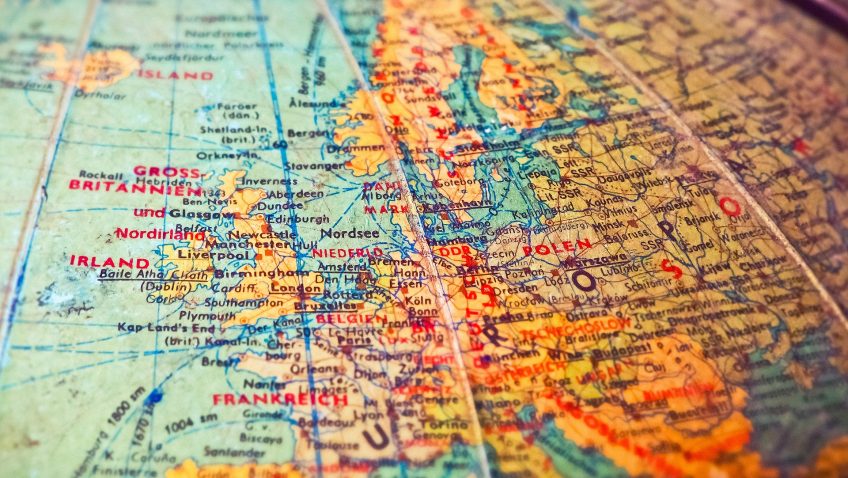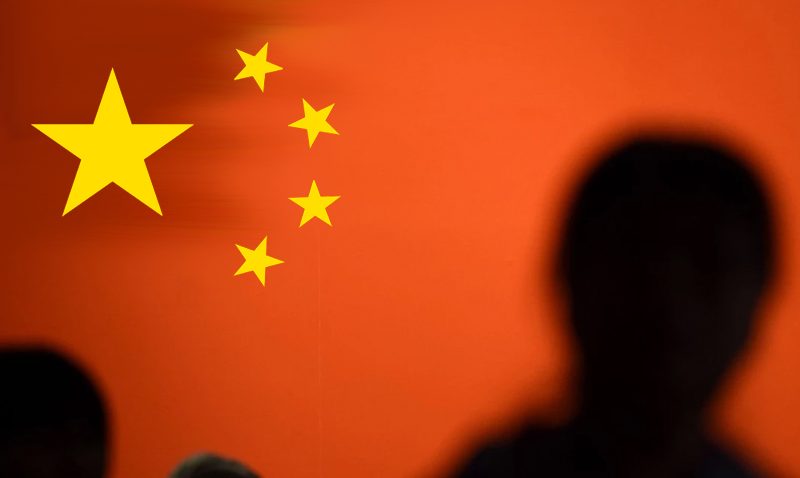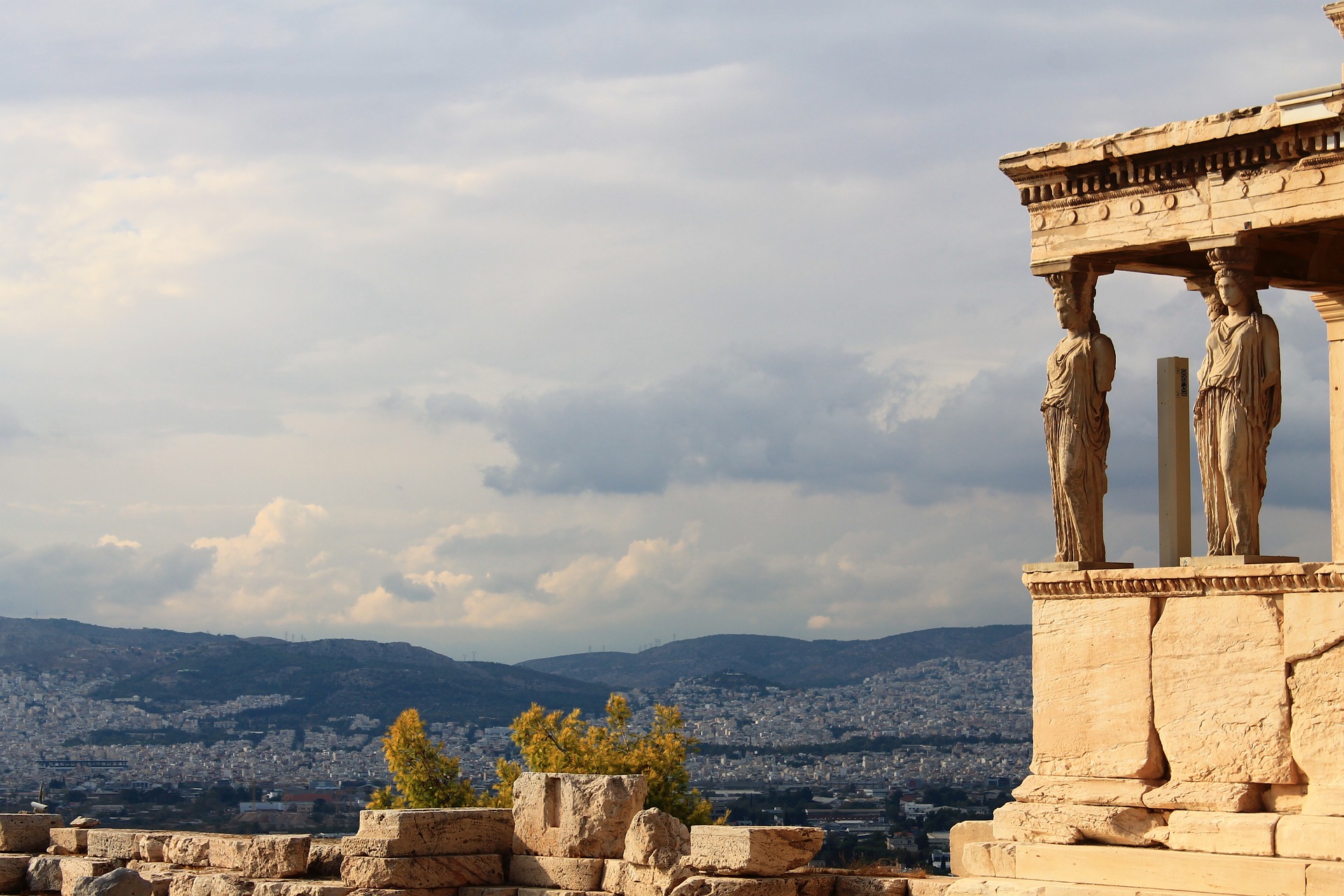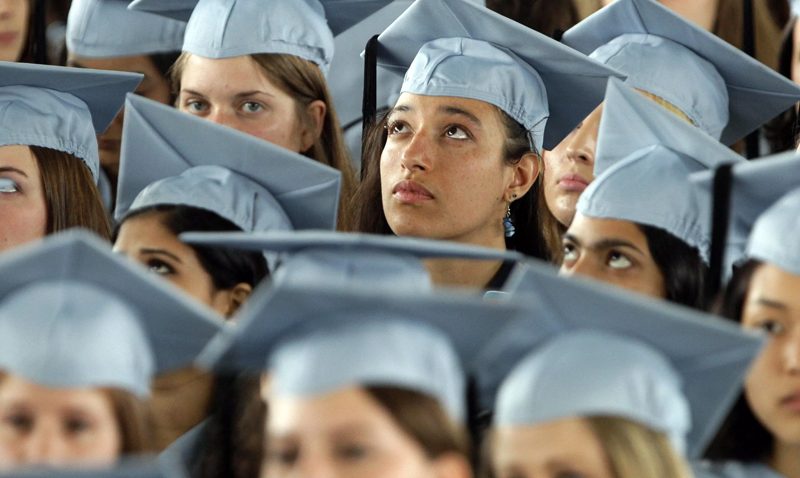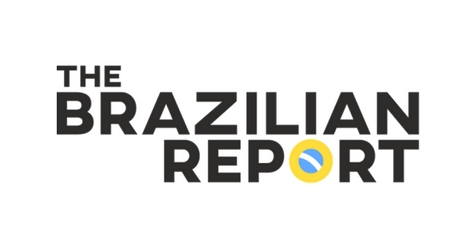If we are eager to start a revolution every injustice becomes a reason. But in all our activism, let us also remember that there are no pure malignant evil people. So let our activism be directed at institutions, and not at individuals.
There is a part in every man that seeks to be guided to truth, to see a better world and an inclination to abandon own malignity. Many of our attempts to reform society are resisted or fall on deaf ears because we didn’t bring to them our authentic side. People despise our extemporaneous activism; so they go on to reject the ‘truth’ because it comes from us. They don’t hear us when speak with gags, exaggeration and fanaticism.
Activist or not, we are all radicals in certain mood. We are all better than our pretense, but it is our resistance to our true nature that robs us off our manhood and the power to reform. We lose authenticity because we never want to upset any that cheered us once. We tie ourselves with friendly chains of intellectual prostitution for few cheap praises and empty affections. To be praised and flattered; gliding ghostlike with thin masquerades – we go on skulking and pretending.
In every part of society, we still see a beam of optimism and fresh breaths of idealism – all making claims to know the best path for the rest of humanity. We are quick to stand for a thought or an idea, for new terminologies and trends – but how many of us are ready to pay the full price to realize these aspirations?
Also are pessimistic reformers – they loom over to cast shadows of doubt to foretell our destruction. With malaise and resentment, they warn us all of the impending calamities. They see no hope and no salvation for the natio unless we follow their dictates. But how does one makes activism out of doom saying?
With new spirit of protest, all are eager to declare their discontent of the conventional. Some blame government for causing all our troubles. Some can only drag in the President to rest on him all the troubles of the society. Others argue it’s the selfish or mischievous opposition leaders. Some blame it on the wickedness of ‘tribalism’, and the ‘ignorance’ of the masses.
Each reformer defies the other’s dictates like gang of kings trying to rule over one kingdom. All are proposing new projects and remedies for the salvation of the nation.
Constant – is a sincere protestation against existing evils and social injustices. Many are moved by moral conscience and want of a better and a more just society. But behind every sincere protester, quickly follows a copycat protester or a brainless underling to add plenty of vapory, hypocrisy and backsliding in our every discourse.
Every protest is still noble if it is the dictate of man’s conscience and moral beatitude – even where the perception is flawed. What is honest and original is always elegant. Solitary resistance and honest dissent is always noble. But all protests will turn vain, dull and suspicious when it is adopted for a cheap popularity.
My highest appreciation goes to the reformers calling for reform of our education system. Many students now graduate with a bag of wind, memory of words and are indoctrinated to seek out a master through their employment. Practical knowledge is rarely taught; common sense that’s not backed by theoretical speculations is rejected. Students are given these theories and philosophical dictates they could never learn to apply in practical life. Mathematics, the mother of all sciences is only taught and seen as a theoretical oppression of the analytically disadvantaged – instead of the universal language and the practical philosophy of life that it is.
We learn foreign languages through high school but couldn’t recall a word in those same languages two years after graduating. In our social studies, we memorize bunch of dates and names of the old that has zero relevance to the practical life of the man today. Still, we are told Christopher Columbus discovered America.
Very little is done to develop our intuitive faculties and students are forced to expend all their energies into useless memorization without any practical use for them in our real lives. We are taught at school that to try and fail makes one a failure, and without a certificate no amount of essential knowledge is useful. We are diminished of our true proportion and full use of common sense after we finished our formal education. Is like warfare against common sense and program to train us to serve the ‘new masters’.
Unfortunately, the push for reform in our education is abysmal. It is in political activism that our brute nature is aroused. Some of us are passionate to talk about the lies and misgivings of the government, whilst others eagerly talk about the lies and the malaise of the opposition. All seem to forget about the lies and deceptions of the common man – from whom all these lies proceed. In advancing to rid darkness, all bring along their own forms of darkness through their dogmatism but call it the ‘ultimate light’. We see with only one eye. The eye that pleases our whims!
The chaos in our activism often rises out of moral and intellectual deficiency; when the ambition to change society is outmatched by the capacity of the activists. So they employ insults and lies to guile these weaknesses instead of refining their own latent forces. When the going gets tough, some are afraid to scale or ascend because they are terrified of falling. We are afraid to help anyone whose light we assume will dim ours.
Nevertheless, this keen scrutiny of government, political and social institutions proved benefit in keeping government and institutions more responsive.
The general purpose of great many of our activists remain to be good and noble; always working on course; paid or unpaid, seen or unseen and never wasting a day on triumphing. They are always too busy working in the fields. Their only reward is to have their work done well!
Those that change the world came to it with their whole nature and hid little from our senses. They came to us with certain gravity, making even their simplest gestures look terrific! These folks don’t wait for society to choose their place for them. They act with moral courage to bring society the way – a promise of a better tomorrow.
To all these activists and reformers – I salute you.
Jamal Drammeh


